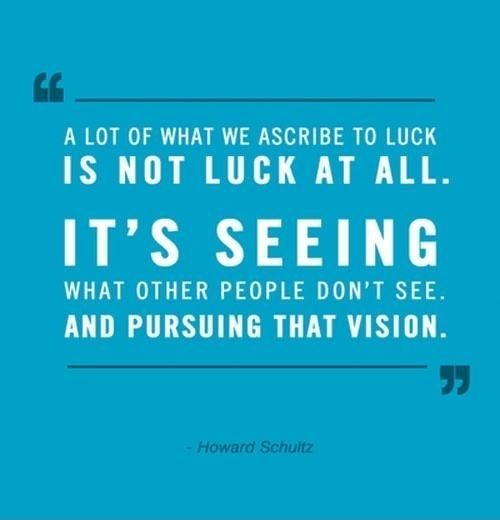 Trigger events are situations that evoke intense emotional responses, often leading to impulsive or less-than-productive behaviors. These triggers can be anything from a stressful encounter at work to a personal conflict, a traumatic memory, or even minor inconveniences that spark over-the-top reactions. Learning how to manage responses after a trigger can contribute to maintaining healthy relationships, personal well-being, and even long-term mental health.
Trigger events are situations that evoke intense emotional responses, often leading to impulsive or less-than-productive behaviors. These triggers can be anything from a stressful encounter at work to a personal conflict, a traumatic memory, or even minor inconveniences that spark over-the-top reactions. Learning how to manage responses after a trigger can contribute to maintaining healthy relationships, personal well-being, and even long-term mental health.
Trigger events vary widely from person to person. For some, a negative comment from a co-worker might be enough to set off feelings of anger or frustration; others require a more significant event to be triggered, like a family dispute or a romantic rejection. Triggers are often linked to past experiences or deep-seated fears and insecurities, which is why they can provoke such strong emotional reactions. The reactions to these lie exclusively in the Knower/Judger persona, learned and trained and imprinted through life experiences.
When a trigger occurs, the body and mind react instinctively. The fight-or-flight response kicks in, leading to physiological changes like an increased heart rate, shallow breathing, and heightened alertness. In this K/J state, it becomes challenging to think rationally, and this can result in impulsive actions or harmful behavior, such as lashing out in anger, making rash decisions, or turning to unhealthy coping mechanisms like (insert your comfort addiction of choice).
How can I pour cold water on my triggered fury? The first step in avoiding bad behavior after a trigger event is recognizing that you’ve been triggered. Reflect on past situations where you’ve reacted strongly and produced an undesirable outcome, and try to identify common patterns.
Does criticism, rejection, feeling out of control, or something else set you off? By identifying your personal triggers, you can start to develop strategies to manage them. Understand, though, that this is virtually impossible from the K/J perspective, which knows what it knows, so you’ll have to tap into your Learner/Researcher persona to get much-needed perspective.
It’s also helpful to pay attention to the physical and emotional cues that signal when you’re being triggered. These might include a racing heart; sweaty palms; clenched fists; or a sudden surge of anger, anxiety, or sadness. The more aware you are of these signs, the quicker you can intervene before bad behavior takes over. It’s important to note that when you become aware of the K/J reactions, you have actually crossed over from K/J into the Learner/Researcher perspective. The L/R allows you to observe your initial K/J reactions.
Spooky, huh? But here’s where the magic can happen!
There are things you can do to facilitate opening the objectivity of your L/R.
If your L/R can feel yourself becoming triggered, one of the most crucial things you can do is pause. Don’t react immediately, even though your instincts may be urging you to do so. Take several deep breaths to calm your nervous system. Deep breathing activates the parasympathetic nervous system, which helps to counteract the K/J fight-or-flight response. Focus on inhaling slowly through your nose and exhaling through your mouth. This simple act can prevent you from saying or doing something you’ll regret.
Instead of suppressing or ignoring your emotions, acknowledge them. If you judge this emotion (as negative or justified, etc.), then take another breath and start again. You’re sympathizing with your K/J. Just allow yourself to recognize that you’re feeling angry, hurt, scared, or frustrated. No judgement. In fact, your emotions are likely valid, so this acknowledgment can prevent them from escalating further. This is your L/R watching the potential unfolding drama of your K/J.
If this level of presence allows you nothing else, it gives you an avenue to try something different. Pausing, for example, is trying something different. Most reactions to triggers are repeated ad nauseum—i.e., we do the same thing every time. (After all, we were trained that way!) Whatever you were about to say or do, do/say something else. Congratulations! Your L/R just took over if only for a moment.
Picture this: In some repeated-pattern conflict you have with your boss/spouse/child/parent, you get triggered by some legacy trigger (siblings know and use these with impunity!). Now instead of lashing out, throwing something, calling them a name, look them straight in the eye and say “You’re right!” or “Thanks!” or “Let’s go get lunch!” At that point the trigger-er (or really the triggerer’s K/J) doesn’t know what to do because you didn’t play the part you always play. I guarantee that the conversation goes in a different direction, and hopefully one that doesn’t rely on your K/J to run it.
Avoiding bad behavior after trigger events requires self-awareness, emotional regulation, and practice. It requires you to set aside your K/J training and observe it… (breathe)… and then make a decision. By recognizing your triggers, pausing before reacting, and trying something different, you can better manage your responses. Remember, it’s not about avoiding triggers altogether—life will always present challenges—but learning how to respond to them constructively will lead to personal growth and better outcomes in your relationships and well-being.



